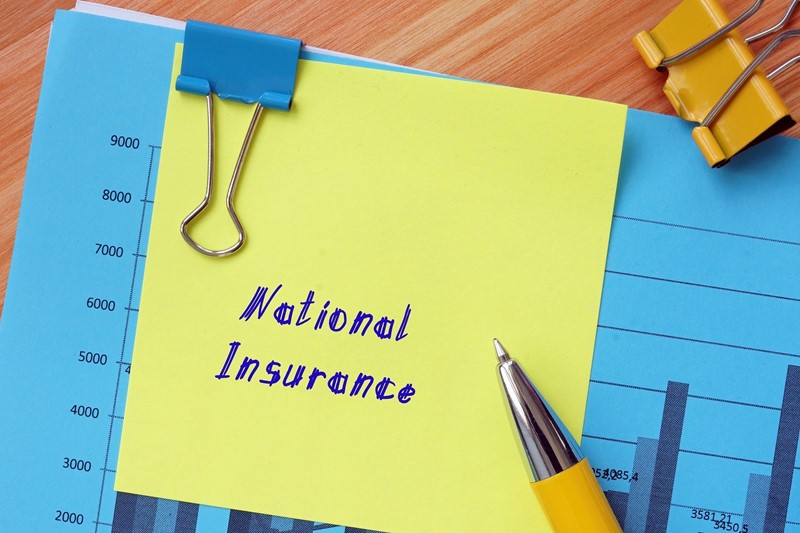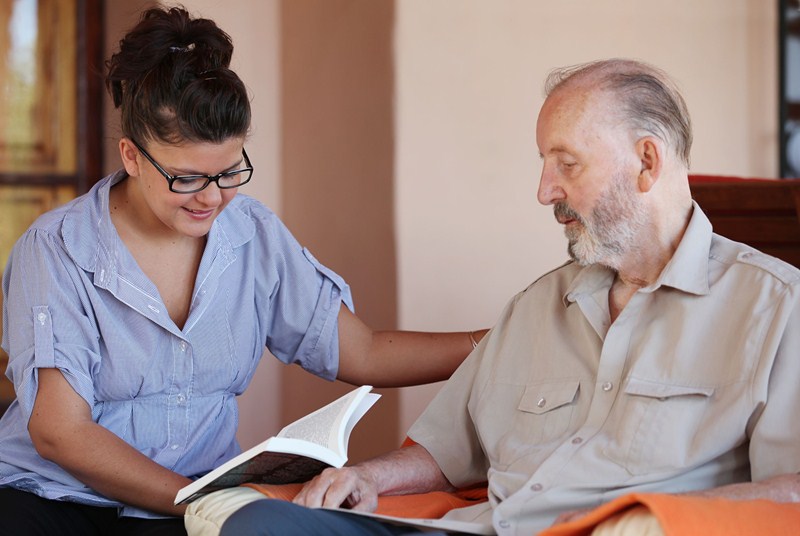From 6 April 2025, employers will face a 1.2% rise in National Insurance contributions, alongside a lower NICs threshold. However, an increased Employment Allowance aims to ease the burden for small businesses. Here’s what you need to prepare for these key changes.
The main rate of secondary Class 1 NICs will rise by 1.2%, from 13.8% to 15%. This increase will also apply to the employer rates for Class 1A and Class 1B NICs.
In addition, the Class 1 NICs secondary threshold—the point at which employers begin to pay NICs—will be lowered from £9,100 to £5,000 per year, effective from 6 April 2025. This reduced threshold will remain in place until 5 April 2028. After this period, the secondary Class 1 NICs threshold will be adjusted annually in line with the Consumer Price Index (CPI).
To help support small businesses in adapting to these changes, the Employment Allowance will increase from £5,000 to £10,500. The Employment Allowance allows eligible employers to reduce their NICs liability. Currently, this allowance is available only to employers with NIC liabilities of under £100,000.
The £100,000 threshold for the Employment Allowance will also be removed, allowing all eligible small businesses to benefit from the increased rate. According to government figures, this change means that approximately 865,000 employers will pay no NICs in the coming year. These changes take effect from April 2025. An employer can claim less than the maximum if this covers their total Class 1 NICs bill.





